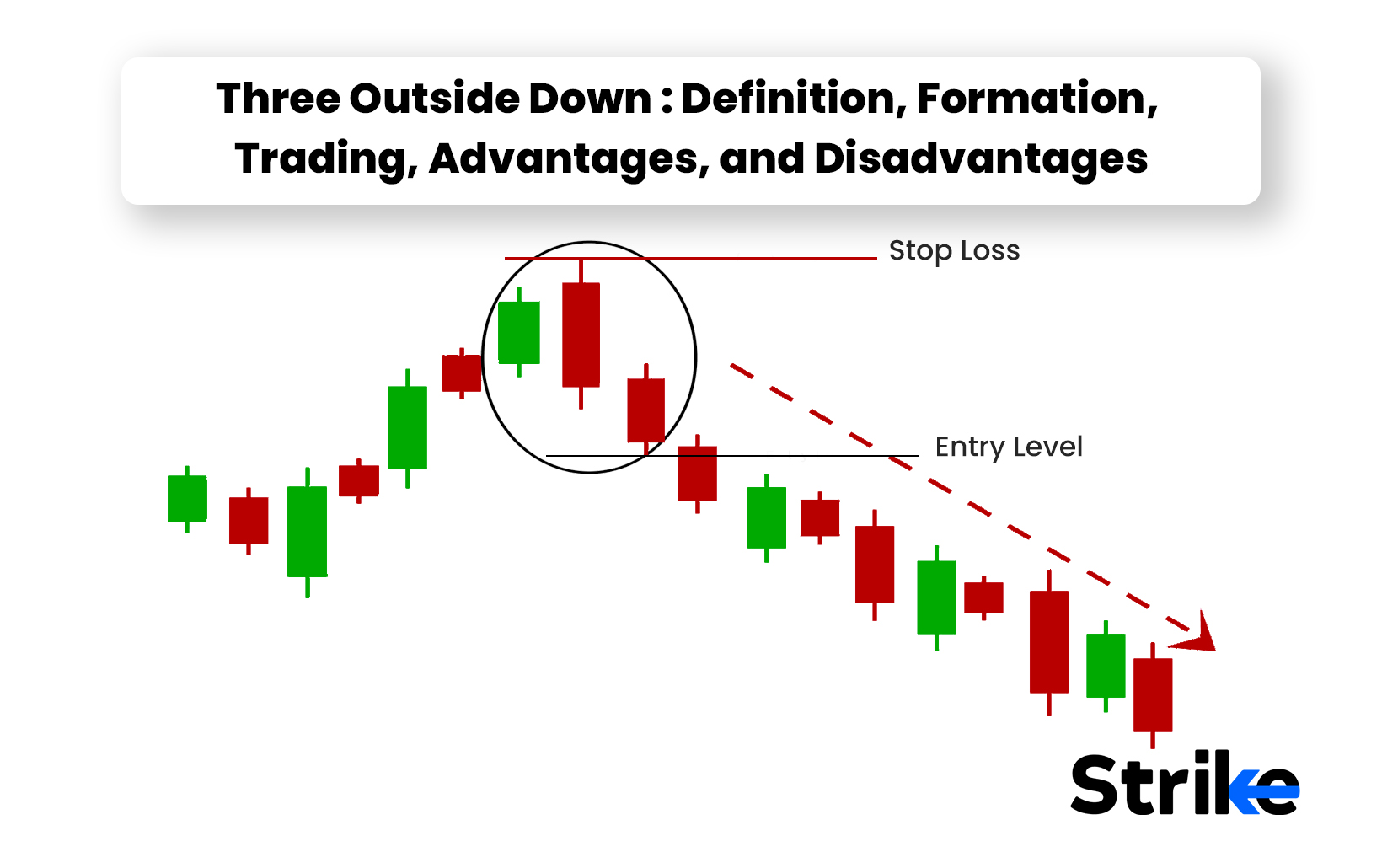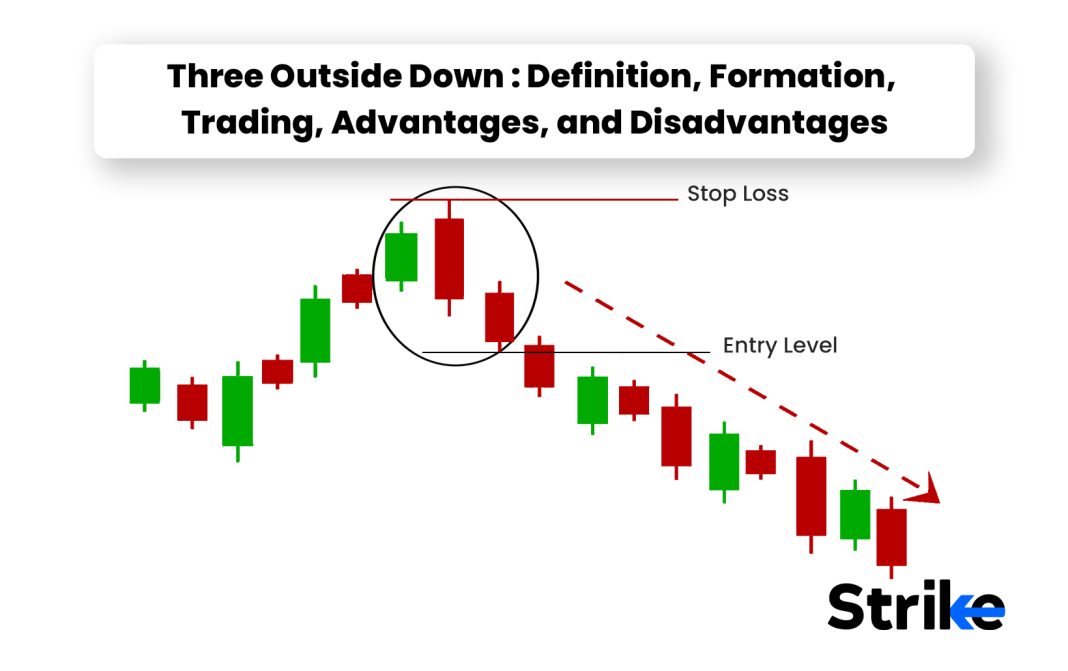 Title: Consumers Combat Inflation by Trading Down for Cheaper Goods and Services
Title: Consumers Combat Inflation by Trading Down for Cheaper Goods and Services
Introduction:
Inflation has prompted consumers to adopt a strategy of trading down for more affordable goods and services. This approach, which involves adjusting purchase decisions to prioritize lower prices and better value, has become increasingly common in recent years. As studies have shown, many Americans live paycheck to paycheck, with pandemic-era savings depleted. To stretch their dollars, consumers are shifting their spending patterns towards cheaper alternatives. New data from Adobe Analytics reveals that low-priced items now account for a significant share of online unit sales across various categories.
Changing Consumer Behavior:
Adobe’s analysis of online shopping data from January to April highlights the trend of consumers trading down for cheaper goods. The share of unit sales originating from the cheapest quartile of goods has surged in categories such as personal care (96%), electronics (64%), apparel (47%), furniture and bedding (42%), and home and garden (42%). This shift in purchasing behavior reflects consumers’ efforts to make their money go further.
Impact on Grocery Shopping:
Consumers are also focusing their spending on more affordable options at supermarkets. The share of unit sales from the least expensive quarter of products rose by 33% in the first four months of 2024. Interestingly, within the grocery category, goods with low inflation experienced revenue growth of 13.4%, while products with high inflation saw revenue drop by 15.6%. This data suggests that consumers are actively seeking out lower-priced items to counteract the effects of inflation.
Additional Consumer Trends:
The Adobe study also identified other notable consumer trends this year. Consumer spending has increased by 7% year-over-year, reaching $331.6 billion. The growth of buy now pay later (BNPL) options has surged by 11.8% year-over-year, indicating consumers’ desire for flexible payment solutions. Furthermore, e-commerce prices have decreased by 5.6% year-over-year in April, contributing to the affordability factor.
Consistent Trade-Down Behavior:
The findings from Adobe’s study align with other research on consumer behavior. A McKinsey report revealed that 76% of consumers reported participating in trade-down actions, a figure that remained relatively stable compared to the previous quarter. Additionally, a report by PYMNTS Intelligence highlighted the increasing popularity of lower-cost retail locations, as consumers seek out affordable alternatives to traditional stores.
Corporate Implications:
Inflation is not only impacting consumers but also businesses. The consumer price index (CPI) has risen by 19% since 2021, resulting in a decline of more than 16% in Americans’ purchasing power. The reacceleration of inflation has negatively affected consumer sentiment, as seen in indices such as the University of Michigan’s Consumer Sentiment Index and The Conference Board’s Consumer Confidence Index. Companies have observed that consumers, especially those with lower incomes, are cutting back on their spending, leading to cautious forecasts for future quarters.
Insights from Industry Leaders:
Major brands have acknowledged the challenges posed by price pressures and consumer caution. McDonald’s CFO Ian Borden described the fast-food industry’s need for a “street-fighting mentality” to navigate elevated prices and reduced consumer frequency. Tyson Foods’ Chief Growth Officer Melanie Boulden emphasized the pressure on low-income households, while Kraft Heinz CEO Carlos Abrams-Rivera highlighted the divergence between high- and low-income consumers and their preference for value as they prepare more meals at home.
Future Price Outlook:
Unfortunately, consumers may not find relief from rising prices anytime soon, as businesses continue to raise their prices in response to increased input costs. RedBalloon’s March Freedom Economy Index revealed that three out of four businesses reported supplier price hikes, with 84% of small business owners anticipating higher inflation in the next six months. These price expectations align with the Federal Reserve Bank of New York’s Survey of Consumer Expectations, which showed a rise in one-year inflation expectations and commodity price predictions across various goods and services.
Conclusion:
In response to sticky inflation, consumers are employing the strategy of trading down for cheaper goods and services. This trend is reflected in the significant share of unit sales coming from lower-priced items in various categories. Grocery shopping has also seen a shift towards more affordable options. However, while consumers navigate these challenges, businesses face their own struggles due to price pressures and cautious consumer spending. As the future outlook suggests continued price increases, consumers will need to remain vigilant and seek out value-driven alternatives to cope with inflation.


